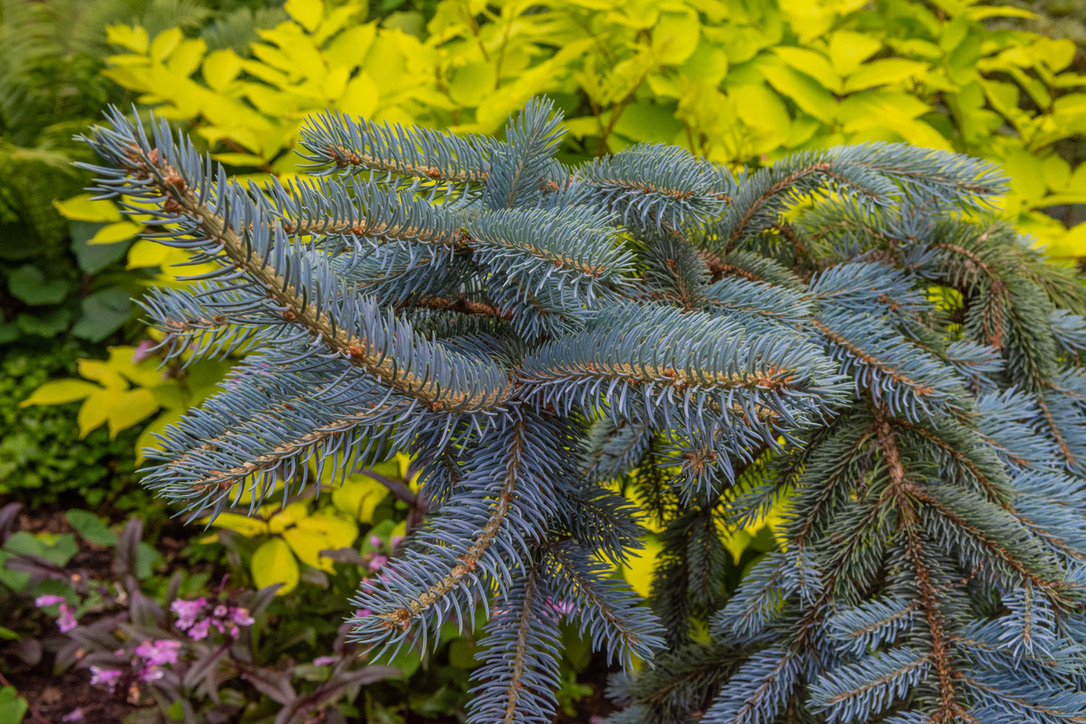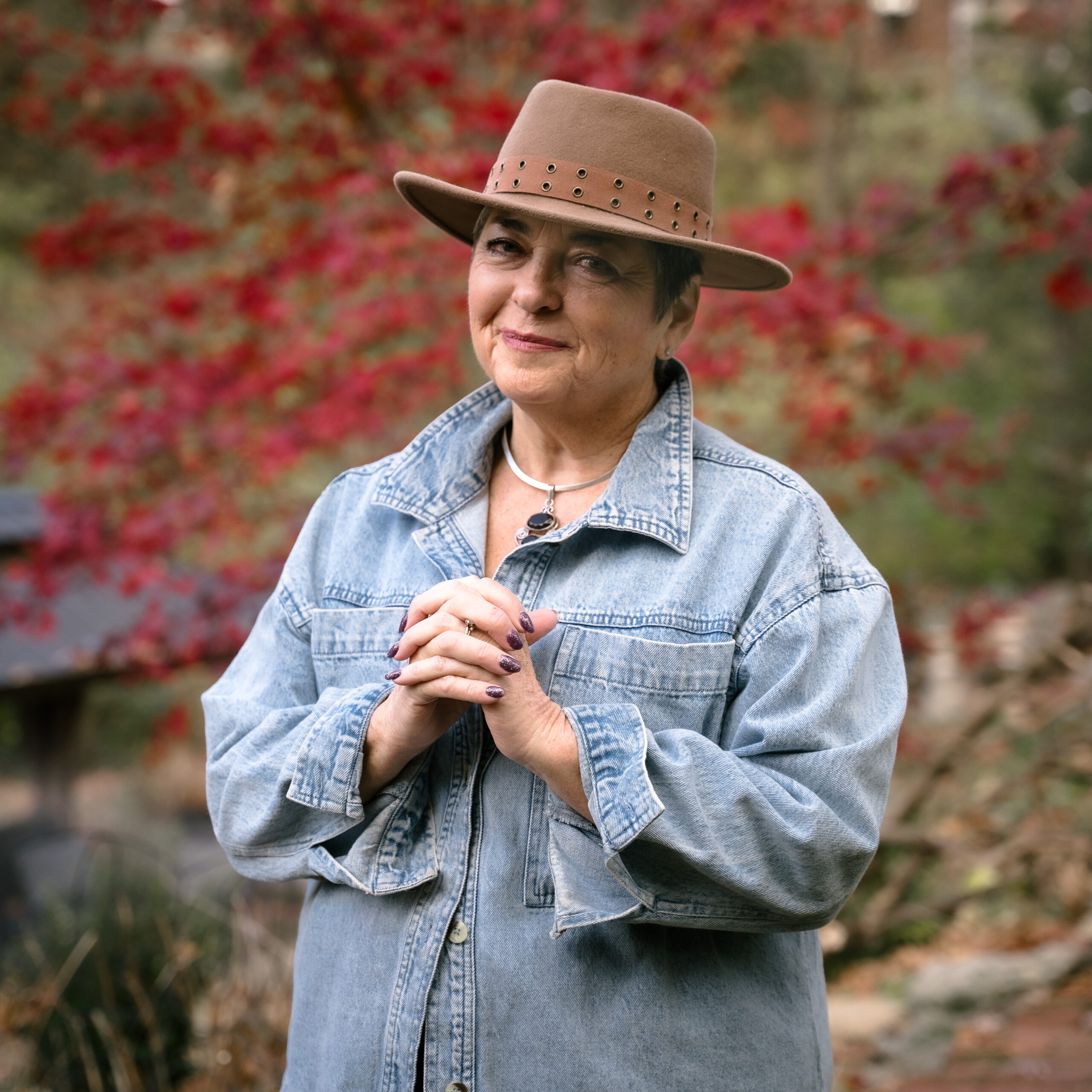It’s late fall, and I am outside in the garden, looking, observing, and thinking about design improvements needed in my beds—a garden changes with time. Sometimes, a favorite plant dies, and sometimes, even with good planning, things grow too big, but in this case, some choices I made seem haphazard. There’s a good reason for this: I live by the adage, “If you love it, you’ll find a place for it,” So, in my truck, it goes, and I am off to find the perfect spot in my garden for the newcomer. Digging it up and moving it several times is all a part of the fun. Once I have identified the areas I believe need improvement, I first look around my garden to see if I have hidden treasures that could be used to solve the problems. I have one hydrangea paniculata called “Quick Fire.” that has become overwhelmed by a large variegated Kousa Dogwood called “Wolff Eyes,” This variegated Korean dogwood is now the star of the show and holding court on the upper path. The dogwood has overwhelmed the hydrangea, which is not getting enough sunlight or water. Usually, these very hardy shrubs will bloom early in the summer with large white panicles that quickly turn pink and red, but due to changing conditions, this hydrangea is languishing. This shrub stands out in the garden due to its beauty and reliability. “Quick Fire” prefers morning sun and afternoon shade, with access to water. This experience has taught me the importance of adapting garden design to the changing needs of the plants, empowering me to make informed decisions for my garden.
As I continued to look around, my eyes landed on a small blue conifer (evergreen, cone-bearing plant) called “The Blues.” This little shrub is said to mature at about 5’ tall and has great potential but has never been in its best location. It was crowded and in too much shade. What if I moved this little blue spruce and gave it a beautiful backdrop such as the hydrangea” Quick Fire”? One way to create well-designed plantings is to think of small groupings or “vignettes,” small groupings of plants that complement each other. In this way, a large project becomes manageable. I decided to do just that in this situation; I had two more hydrangeas, “Quick Fire,” so I planted the three in the back of the bed and put the spruce in the open area in front of the hydrangeas. Now we have a fitting backdrop for “The Blues’.
As I was evaluating my decisions from the kitchen window, I noticed a space that needed to be filled. I imagined the beautiful green and white variegated leaves of two red-twig dogwoods and the red twigs in winter. They are perfect for that space, with just enough sun and plenty of access to water. And now I must wait for spring to carry on with my plan!!
The ultimate goal is to have and love a beautiful garden. Walking out our back doors to the beauty of nature changes our lives as we interact with our outdoor paradise.


